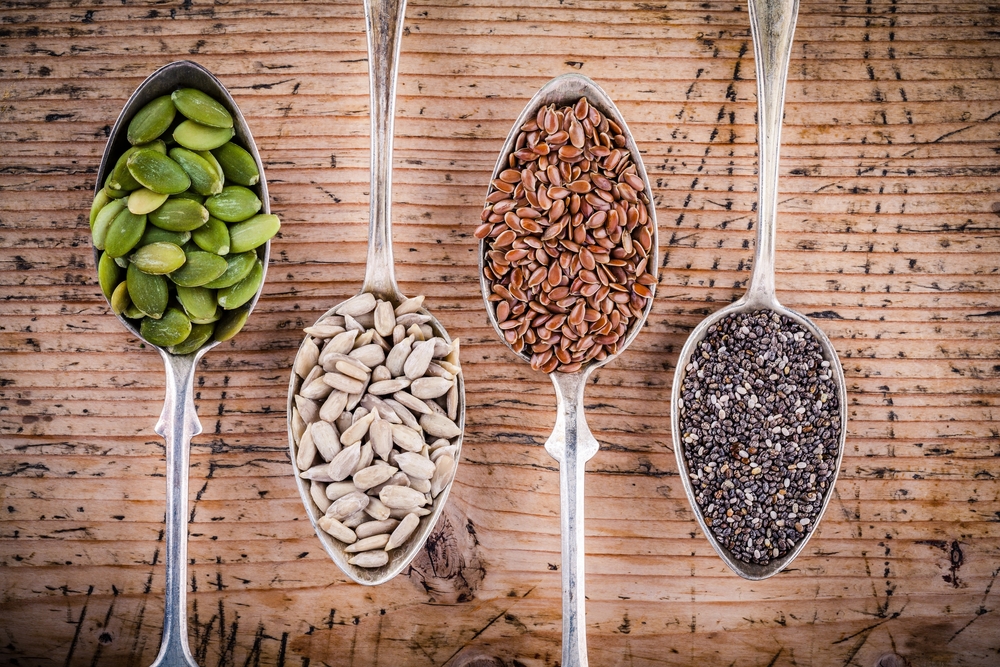What is Seed Cycling?
I remember first hearing about seed cycling over 10 years ago as a new acupuncturist. The idea of seed cycling is that you can eat different seeds at different parts of your cycle to optimize your hormone balance. Which seed depends on the unique micronutrients in each one, with certain seeds thought to balance estrogen in the follicular phase (before ovulation) and balance progesterone levels in the luteal phase (after ovulation). The concept of being able to truly use your food as medicine and take control of your own health is really appealing of course! Who wouldn’t want a DIY answer to things like irregular cycles, painful periods, or other hormonal symptoms like premenstrual bloating and acne? Not to mention a little help with fertility?
Seed cycling seems to have surged in popularity on social media, so I wanted to take some time to really dig into the research to see if this is worth doing. Also, as a practitioner of East Asian Medicine (TCM), I am excited to discuss our medicine’s view of seeds and how they’re used, as well as some information on how our medicine would approach hormonal health at different phases of the cycle. Read more




